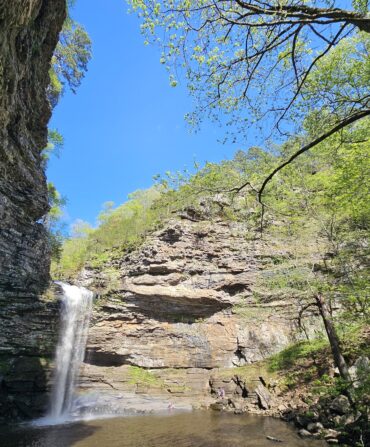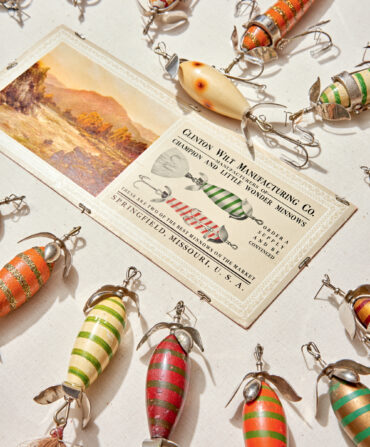No other fish accounts for more bogus sick days, overdrawn checking accounts, cracked rods, and busted marriages than the tarpon. But, really, what’s not to love about them? They’re big, often hungry, and capable of gravity-defying pirouettes that rival those of most ballerinas. A string of tarpon approaching in crystalline water has been known to buckle knees. And there’s no better time to make sure it happens to you than now.
Galveston Beaches
Glen Campbell aside, true fanatics flock to Galveston every summer to battle giant “shiners” that often top the magical 200-pound mark. Captain James Plaag knows where to find them. Rolling, finning tarpon are fed a steady diet of MirrOlures and cocahoe minnow jigs. If that’s not enough action, anglers enjoy scraps with blacktip sharks, bull reds, king mackerel, and cobia. $675 for a full day. Capt. James Plaag; silverkingadventures.com
Georgia’s Sea Islands
By the time the water temperature reaches the magic 80-degree mark, the mocha-colored depths off the barrier Sea Islands will be teeming with migratory tarpon. Captain Scott Owens gives chase, tossing a variety of lures and baits in their path. Big flies that ruffle the water’s surface—like Puglisi Mullet or Toads—are effective, too. In this neck of the woods, there are so many tarpon busting bait pods, it’s hard not to get a fly into the happy zone. $550 for a full day. Capt. Scott Owens; captainscottowens.com
Florida’s Treasure Coast
Summer is the ideal time for a tarpon hunt. In fact, it’s the single best time to catch Megalops on a fly rod, according to Captain Mike Holliday. Before first light he’s guiding clients to surface feeders that readily slurp down Abel Anchovy or Puglisi PB&J flies. Once the fish start moving north, Holliday leapfrogs ahead of schools numbering into the hundreds. With fish averaging triple figures in crystal clear water, this is visual nirvana. “I burn some gas looking, but once you find the fish, they will eat,” he says. $500 for six hours. Capt. Mike Holliday; captainmikeholliday.com
North Carolina’s Pamlico Sound
From his base in sleepy Oriental, Captain George Beckwith drops anchor and chums over drop-offs in the Neuse River and Pamlico Sound to entice tarpon up to 180 pounds. Beckwith’s clients consistently get several shots a day at trophy fish. Casting to rolling fish is another tactic. “The key is fresh bait,” he says. “Anything you buy at the fish market is not fresh enough. When it’s on, it can be as good as anywhere.” $750 for a full day. Capt. George Beckwith; downeastguideservice.com
Lowcountry Kings
Native tarpon hunter J.R. Waits runs from Isle of Palms to target South Carolina’s beaches or the deep holes behind the barrier islands once the fish arrive in mid-June. Armed with a live well full of bait, he uses conventional and spinning gear. Beach fish average 100 pounds. The bottom dwellers can push the 200-pound threshold. Quality over quantity is the name of the game. “You need to put in the time if you want to catch the king,” Waits says. $550 for a six-hour trip. Capt. J.R. Waits, 843-509-7337; fishcall.com
Charlotte Harbor, Florida
Once the crowds thin and Boca Grande Pass returns to normalcy, Captain Jeff Hagaman moves inside—into the back bay and estuaries of Charlotte Harbor. The new and full moons trigger waves of swimming crabs on the outgoing tides and the tarpon aren’t far behind. When the crabs aren’t running, Hagaman uses his skiff’s trolling motor to ply the shallows of the Intracoastal Waterway, or the Myakka and Peace rivers. $700 for a six-hour trip. Capt. Jeff Hagaman; reel-adventures.com








